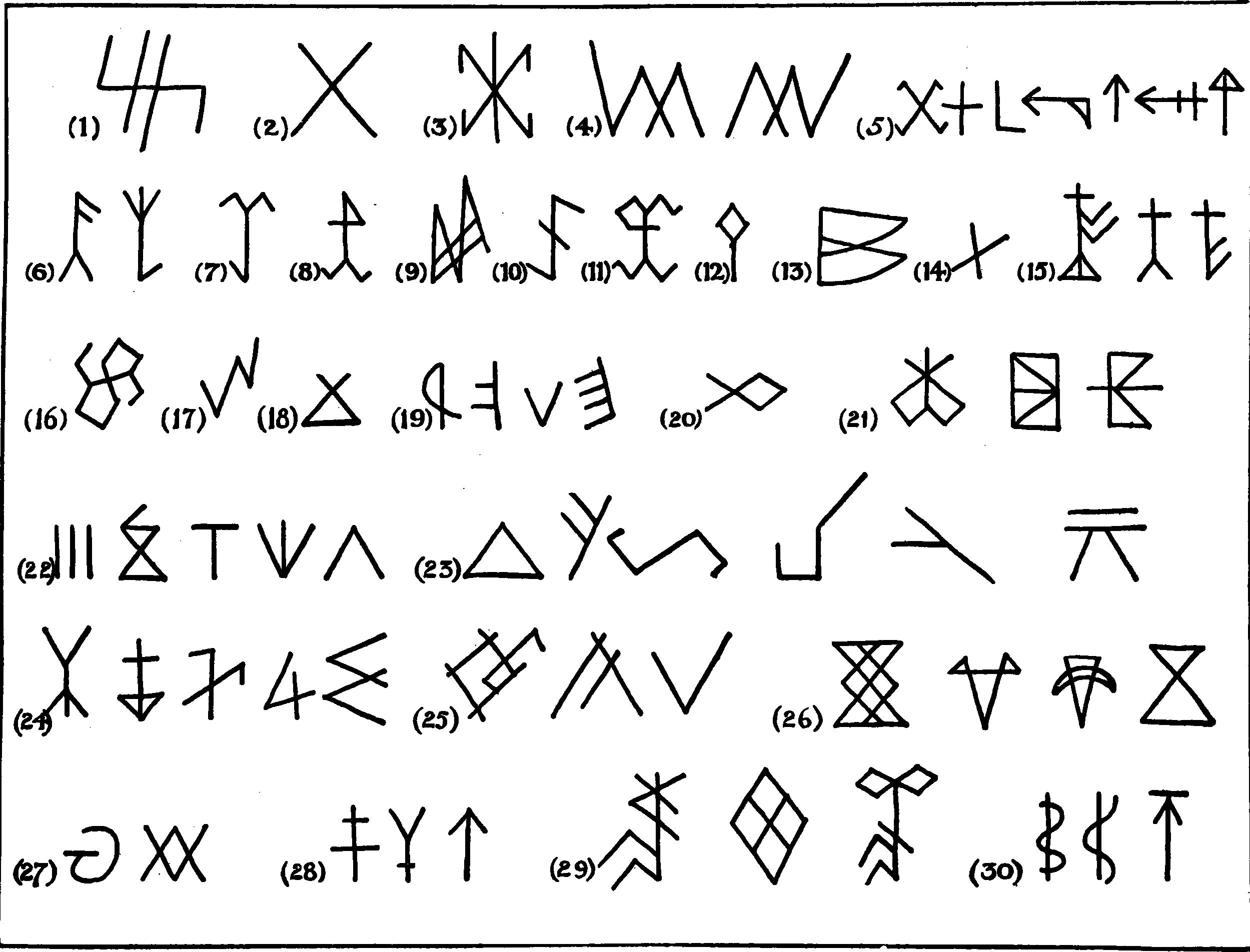An Inventory of the Historical Monuments in Essex, Volume 4, South east. Originally published by His Majesty's Stationery Office, London, 1923.
This free content was digitised by double rekeying. All rights reserved.
'Masons' Marks in Essex', in An Inventory of the Historical Monuments in Essex, Volume 4, South east(London, 1923), British History Online https://prod.british-history.ac.uk/rchme/essex/vol4/pp181-182 [accessed 19 April 2025].
'Masons' Marks in Essex', in An Inventory of the Historical Monuments in Essex, Volume 4, South east(London, 1923), British History Online, accessed April 19, 2025, https://prod.british-history.ac.uk/rchme/essex/vol4/pp181-182.
"Masons' Marks in Essex". An Inventory of the Historical Monuments in Essex, Volume 4, South east. (London, 1923), British History Online. Web. 19 April 2025. https://prod.british-history.ac.uk/rchme/essex/vol4/pp181-182.
MASONS' MARKS IN ESSEX.
The Masons' marks shown below come from various parts of the County. They are often found on 12th-century masonry but none have been observed in Essex on work earlier than the 14th century, and these are not numerous. They are common in 15th-century work and are cut on the surfaces of responds, piers, soffits, and often on the moulded faces themselves. An interesting group at High Easter includes a master mark (fig. 4) on practically all of the stones of the N. arcade, accompanied by a variety of secondary marks (fig. 5), perhaps those of the working masons. The more complicated marks—such as figs. 9, 11, 16, 29, etc. —are possibly only developments of earlier marks, each successor to the use of a mark adding a line or two to distinguish it from that of his predecessor.

J. W. BLOE.